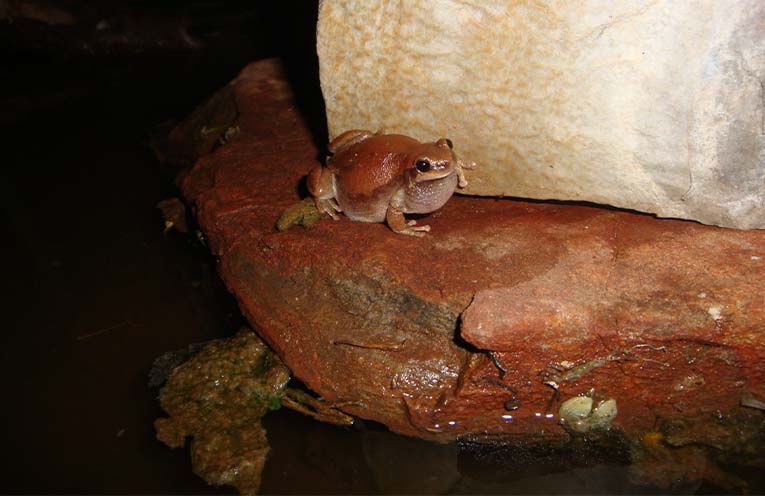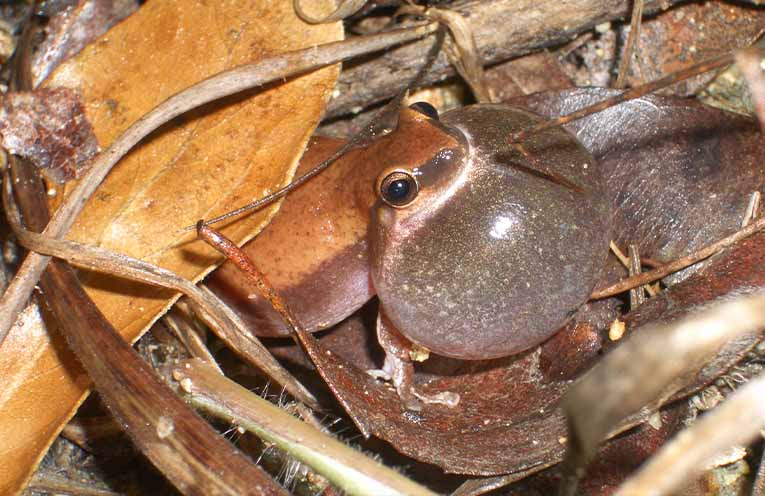
RESULTS from Australia’s biggest annual frog count, hosted by the Australian Museum last November, have helped inform the scientific description of at least eight new frog species.
FrogID coordinator Nadiah Roslan said, “FrogID acoustic data (audio recordings) were used alongside morphology and genetic data to describe these species as new to science.”
 Advertise with News of The Area today.
Advertise with News of The Area today.It’s worth it for your business.
Message us.
Phone us – (02) 4981 8882.
Email us – media@newsofthearea.com.au
With over 1.1 million scientific records of frogs gathered by people all over Australia, the citizen science event plays an important role in helping scientists to understand how frogs and their ecosystems are responding to a changing planet.
Frog call submissions from the Coffs Coast numbered 16,317 in total: with 27 unique species recorded by 554 unique participants.
The FrogID project relies on frog calls to identify species, as many are indistinguishable by appearance.
From croaks and barks, to whistles and bleats, every frog species makes a unique sound and anyone with a smartphone can participate, by recording frog calls through the free FrogID app.
The latest event gathered recordings of 225 frog species, that’s about 88 percent of Australia’s known frog species.
It has informed the conservation status of two species under the EPBC Act, with the Sphagnum Frog (Philoria sphagnicola) and the Davies Tree Frog (Litoria davieasae) now both listed as “Vulnerable”.
So far, two new species of tree frogs have been confirmed.
Colloquially known as the “dunny frog”, the tree frog was thought to be a single species (Litoria rubella).
Spanning 4.6 million square kilometres from the monsoon tropics to the desert, it had the largest distribution of any Australian frog.
“But researchers suspected that such a widespread species might actually be more than one,” said Australian Museum herpetologist, Dr Jodi Rowley.
“Using genetic data, body measurements, and mating call analysis, the team identified two new species; the western desert tree frog (Litoria larisonans) found in the Pilbara and central arid zones in WA, and the ruddy tree frog (Litoria pyrina), which lives in tropical coastal areas of Queensland and NSW.”
Australia has over 250 known species of frog, most are not found anywhere else in the world.
Some species are flourishing, like the Striped Marsh Frog, but others have declined dramatically since the 1980s, and at least four have become extinct.
Frogs play a crucial role in maintaining healthy ecosystems.
As environmental indicators, they provide early warnings about changes in environmental health.
By Andrea FERRARI


